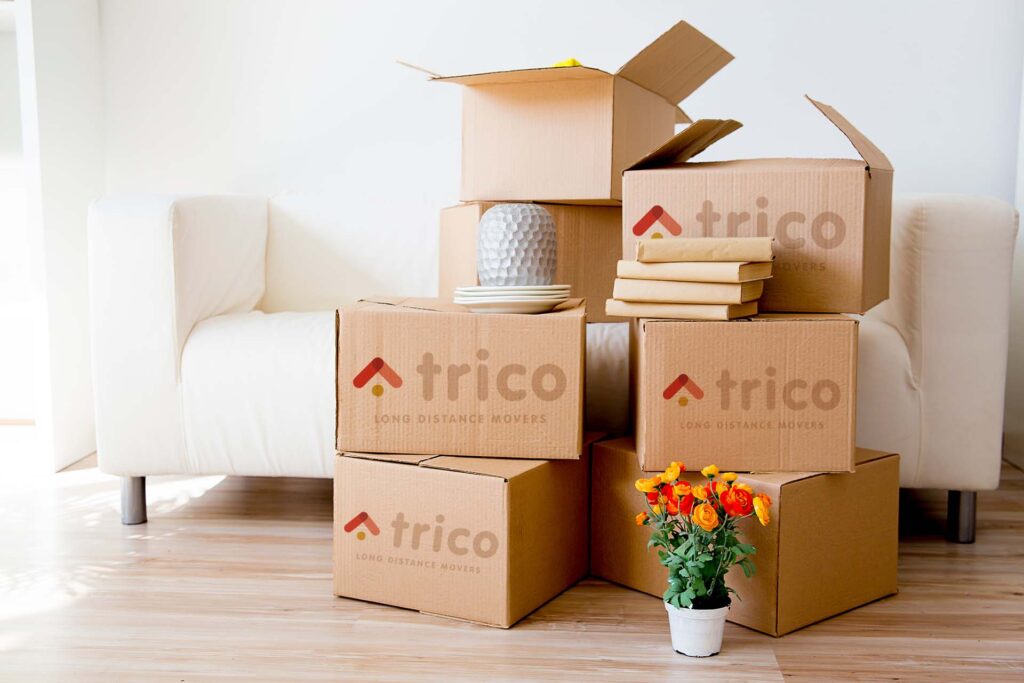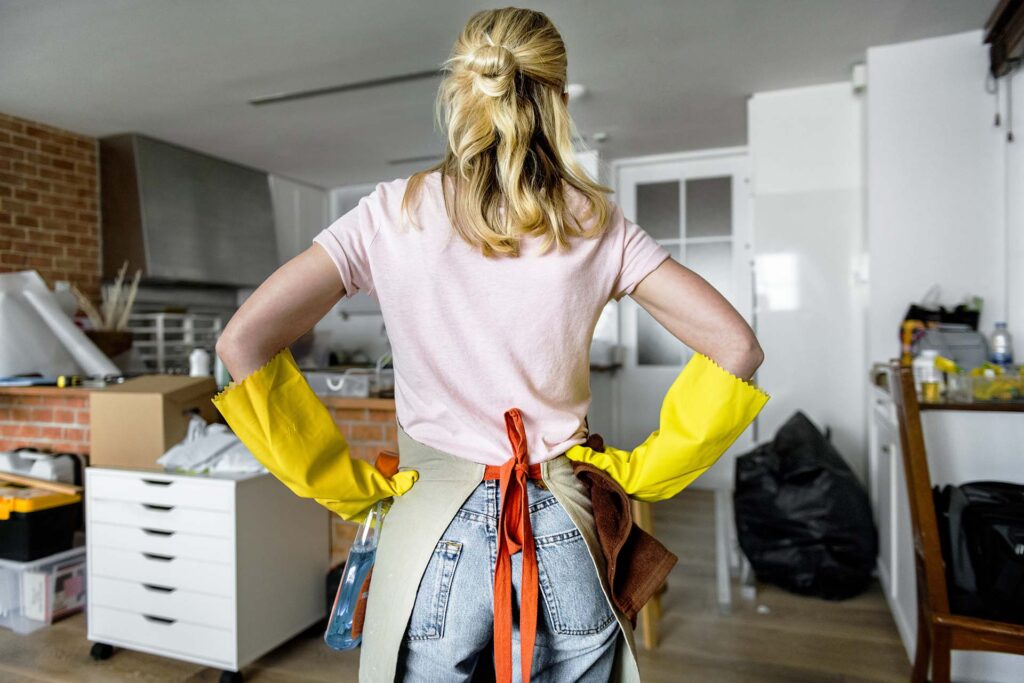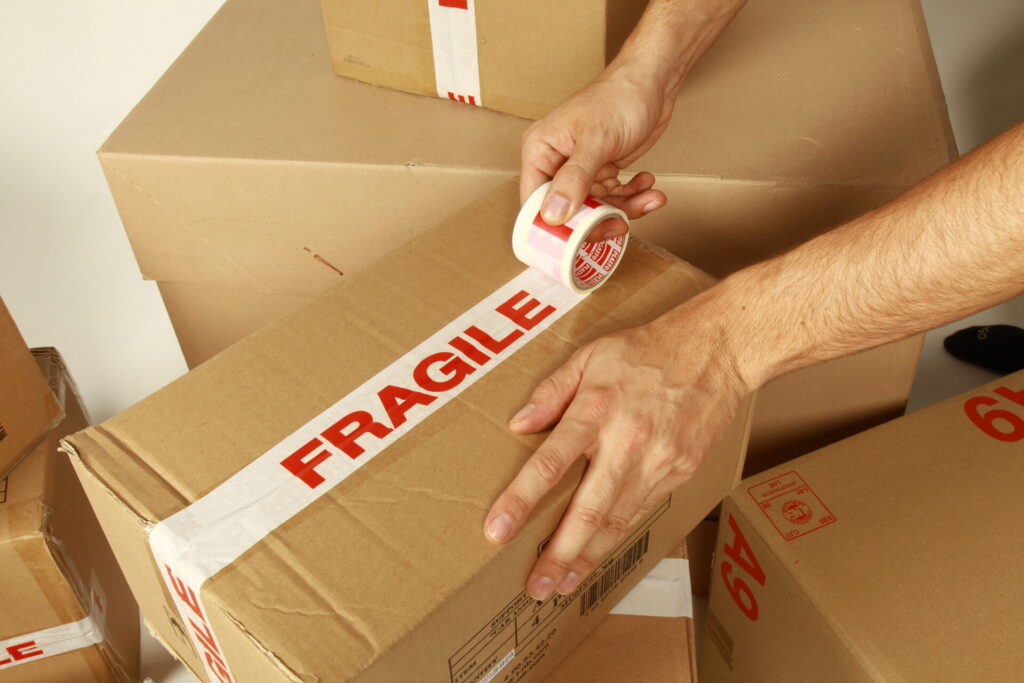Are you gearing up for a move and wondering how to pack garden furniture for moving without a hitch? Whether you’re relocating across town or embarking on a long-distance journey, safeguarding your outdoor haven during the transition is more than just another task from your to-do list. Let’s embark on this journey to preserve your outdoor oasis.


To pack garden furniture for a move, clean each piece to eliminate dirt. Disassemble large items, storing screws in labeled bags. Wrap wood and metal furniture with protective materials like bubble wrap, ensuring wood remains breathable to avoid moisture. Cushions should be wrapped separately. Place small parts in cushioned boxes, clearly label everything, and use waterproof covers for extra weather protection during transport.

Did you know that the outdoor furniture market is huge, and not just in the US? According to Statista, the global market in 2023 was 17 billion, and in the US more than 9 billion.
If you’re an owner of a beautiful outdoor set, and you need to relocate, before diving into the wrapping process, it’s crucial to assess your pieces thoroughly. Different objects have specific wrapping requirements based on their materials, sizes, and fragility. Once you understand things that should be packed, you’ll proceed with the actual process more relaxed and with more confidence.
Identifying the types of furniture is the first step in assessing your wrapping needs. Wood, metal, rattan, and other materials require different approaches to ensure their protection during the move. Wooden furniture, for example, may need extra care to prevent moisture damage, while metal pieces could be prone to rust without proper covering.
It’s also important to know what not to pack. Avoid wrapping wet or damaged items that can deteriorate further during the move. The easiest way to pack is to clean and dry each piece thoroughly, disassemble if possible for compact transportation, and use material-specific protection methods – like breathable covers for wood and rust-preventive spray for metal.
Ensuring that your pieces are in optimal condition before the wrapping process is a crucial thing to do before the relocation. This especially applies when working and preparing for “long-distance movers near me” to prevent any further damage during transit. Remove any dirt, mold, or loose parts from your furniture, and make necessary repairs. By addressing these issues proactively, you ensure that your outdoor furniture is in top shape when it reaches its new home, a vital step in moving garden furniture safely.

Once you’ve assessed all the objects you wish to transport and determined their specific needs, the next step is to gather the right packing materials to keep them safe during the move. Of course, if you choose to take all the amazing advantages of the hired long-distance moving company you won’t have to worry about this part. However, if you decide to DIY, start organizing the wrapping process right away and get different protective materials.
The key to safeguarding your objects during transit, particularly when enlisting long-distance moving services, is using appropriate protective wrapping and coverings. Invest in high-quality blankets, plastic covers, or custom-sized furniture bags. These materials will shield your furniture from dust, moisture, and potential scratches, essential for protecting patio furniture in transit.
Organizing a move surely means taking care of your outdoor objects. Fragile parts of your backyard items, such as glass tabletops or delicate decorative elements, require extra care. Bubble wrap, foam padding, and blankets come to the rescue here. Wrapping these fragile areas with multiple layers of cushioning materials will absorb shocks and impacts during transportation, ensuring they arrive intact and unharmed at your new home.

With the right materials ready, focus next on the disassembly of garden furniture to ensure its secure transport. Remember, wrapping techniques such as using bubble wrap on delicate parts and moving blankets on larger items are crucial for protection.
When it comes to hiring movers, Trico Long Distance Movers stands out for their efficient packing services. Opt for their expertise to ensure your patio sets are meticulously prepared for the move, offering you peace of mind and guaranteed safety for your furniture. Reach out to Trico Long Distance Movers for professional support in the secure transportation of patio sets.
When dealing with larger and bulkier backyard pieces, you surely want to wrap each object efficiently. Dismantling objects such as dining tables, loungers, or gazebo frames can greatly simplify the transportation process and minimize the risk of damage.
In fact, it’s an important strategy in outdoor furniture relocation that professionals greatly suggest. This being said, here are some garden furniture moving tips you should follow for safe disassembly.
Adhering to best practices for the secure wrapping of individual pieces is essential. Protect each object with top-notch wrapping techniques for garden furniture. Each type of furniture, whether wooden, metal, or glass, requires specific attention to ensure its safety during transit, aligning with garden decor moving strategies.

The final steps involve loading and transporting your securely packed objects. Strategic loading for stability and safety is paramount, especially when dealing with relocation companies. In this phase, the importance is placed on weather considerations and transit protection. These considerations are key for weatherproof packing for furniture during long-distance relocation.
When it comes to loading and positioning your backyard items in the moving truck, careful planning is essential. Follow these pieces of advice to ensure stability and safety:
Protecting your backyard items from the elements is essential during transit, especially over long distances or in unpredictable weather. To ensure your items remain safe from rain, wind, and extreme temperatures, utilize high-quality waterproof covers or tarps, wrapping them securely to prevent moisture damage.
Incorporate climate-appropriate packing by adding desiccants to wooden furniture packaging to absorb moisture and applying rust-resistant spray on metal pieces for added protection. Additionally, strategically load sensitive items like cushions, glass, or electronics to avoid exposure to leaks or the elements, ensuring your garden furniture arrives at your new home in pristine condition.

As your backyard items reach their new destination, it’s time to focus on reassembling and setting up your outdoor living space. Reassembling them may seem daunting. However, with a systematic approach, it becomes a straightforward task:
The success of moving your garden furniture safely hinges on meticulous preparation, from the initial disassembly and proper packing to selecting the right relocation company. By employing strategic wrapping techniques and opting for the professional services of Trico Long Distance Movers, you can ensure the secure and efficient transportation of your outdoor furnishings.
Trust in our expertise to navigate the complexities of long-distance moves, guaranteeing that your garden furniture arrives in impeccable condition. Contact us today and experience a stress-free relocation. We’ll help you get ready to enhance the outdoor space of your new home.
Remove the cushions and clean them thoroughly. Wrap the cushions separately in breathable fabric or a furniture cover to protect them from dirt and moisture. For the furniture frames, use moving blankets or bubble wrap to prevent scratches and damage, securing the wrapping with packing tape.
It’s recommended to disassemble larger pieces if possible to make transportation easier and reduce the risk of damage. For smaller items that are sturdy and do not disassemble, ensure they are well-protected and secure during the move.
Use waterproof covers or tarps to protect your garden furniture from moisture when relocating in the rain. Secure the covers with straps or bungee cords to prevent them from blowing away or shifting, ensuring that all parts of the furniture are fully covered and protected from moisture.